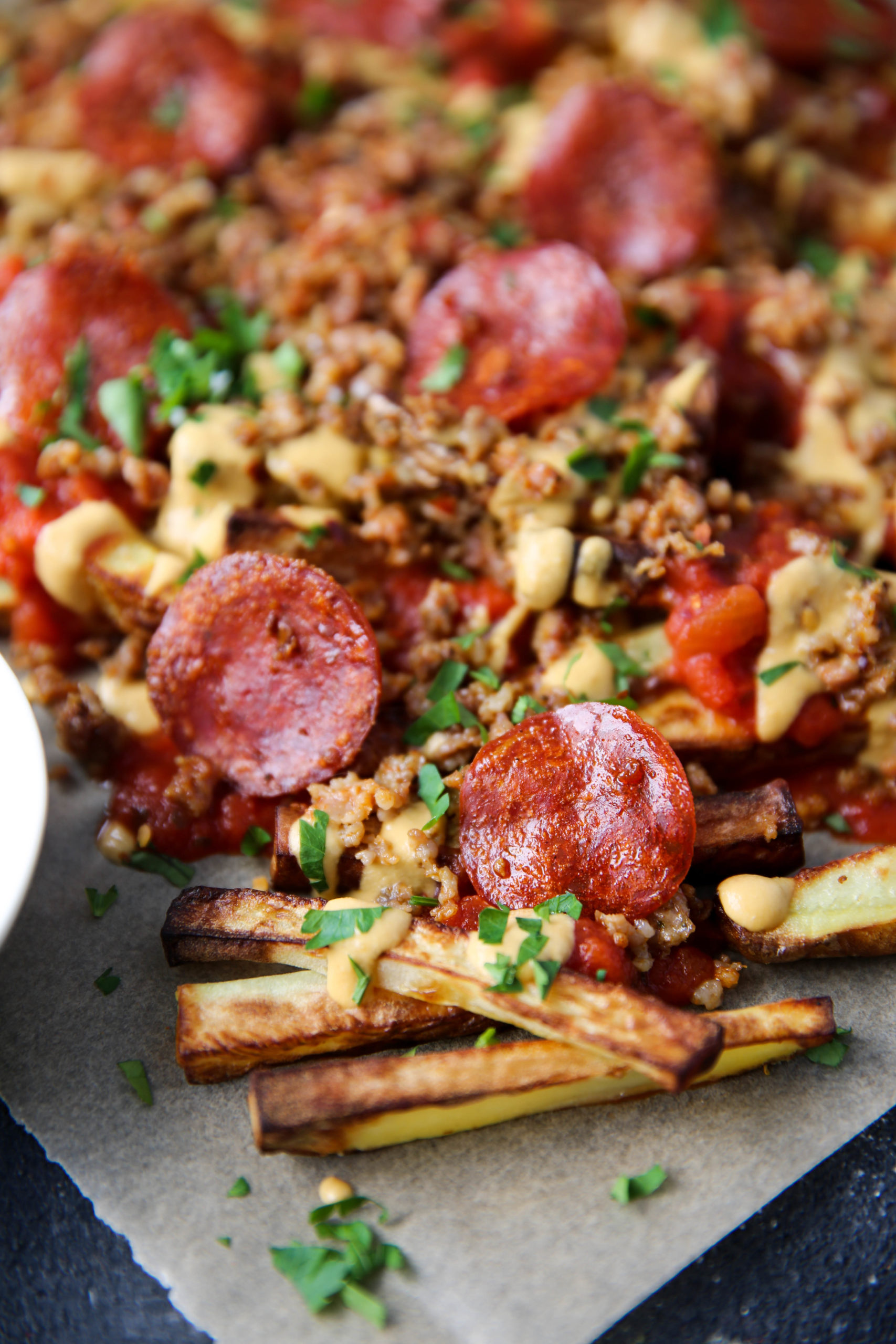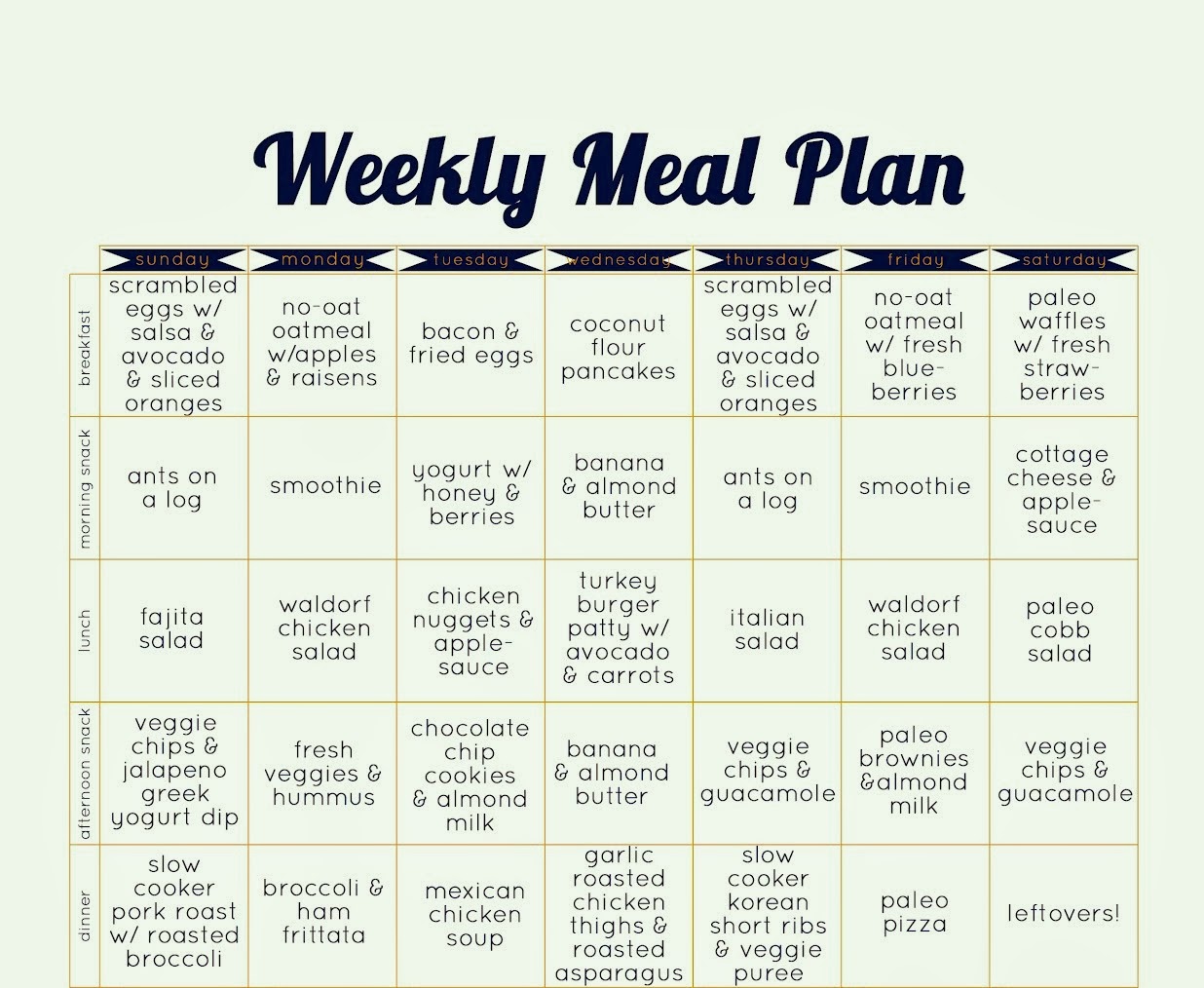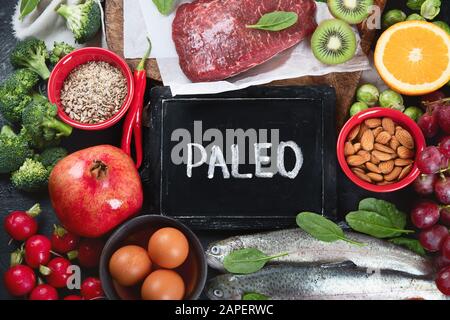
This review will help you if this is your first time or if it's something you haven't heard of before. We will discuss the potential health benefits and side effects of this diet, as well as its applicability. This diet emphasizes whole grains, fruits nuts, seeds, and fish (preferably wild, sustainable). It excludes meat unless you're bow hunting in the wild. Moderately high levels of dairy are also a good source for calcium. It also includes whole grains as well as legumes.
The Paleo diet: Problems
There are many issues with the Paleo diet. It's too high-in meat and eggs. It also excludes many healthy foods such as dairy and grains. Although Paleo may seem to have some advantages, it is not based upon scientific research. Here are some of the most common problems associated with this diet. Below are common Paleo problems. Before you decide to make the switch, consider all of your options.
The basic idea of the Paleo diet is that humans evolved to eat meat and seafood. Since there are very few edible plants in the Arctic, these people were able to adapt to lack of plant food and remain healthy. That's why the Paleo diet discourages the consumption of grains. There are many other benefits to the Paleo diet. Incorporating it into your diet will help you become lean and fit faster.
Potential health benefits

Paleo may offer some benefits to people with metabolic diseases due to its high-protein and low-carbohydrate content. A Paleo diet that reduces sugar intake, which can be associated with insulin resistance and other metabolic conditions, improves the body's ability process glucose and increases insulin sensitivity. It may also help people with autoimmune disorders, since the absence of grains and legumes reduces the body's intake of these foods. However, it should be noted that excluding whole grains from the diet may reduce the intake of beneficial nutrients and increase the risk of cardiovascular disease and diabetes.
A study published in American Physiological Society recently showed that the diet decreased biomarkers of inflammation. It may also lead to a decrease in prescription drug usage in patients with type II diabetes. Further research is needed in order to confirm and expand the potential benefits of this diet. Although it is important to avoid high-processed foods, many have found significant benefits. It's also important to note that the Paleo diet does not require anyone to give up refined foods, including breads, pastas, and sugary sodas.
Possible side effects
Some of the side effects of the paleo diet may be related to the absence of cereal grains. The absence of cereal grains will reduce your intake of fiber and B vitamins, which are important for regulating blood sugar levels. Eliminating grains from your diet can increase the risk of developing certain chronic diseases, such as diabetes. Important nutrients such as iron and magnesium are also found in cereal grains, which can help lower cholesterol and protect you from chronic diseases. However, if you have been eating cereal grains for a long time, you need to be aware of the possible side effects of the paleo diet.
One of the most noticeable Paleo side effects is bad breath. Bad breath can be a sign of a variety of things. It depends on how you eat and what your body is doing. You may notice a foul-smelling breath if your body is in ketosis. Additionally, increased intake of protein may cause your gut to produce more hydrogen sulphide. This can lead to unpleasant burps.
Application

Despite the numerous claims of weight loss and healthy living, the Paleo diet does not have adequate research to back its weight loss claims. This diet restricts or eliminates whole food groups like grains and dairy products. This could lead to high amounts of saturated fats, as well as a loss of many important nutrients. It is therefore classified as somewhat unsafe. Here are some reasons not to follow the Paleo lifestyle:
Paleo also encourages the consumption and absorption of lean meats. It can be used in conjunction with a nutritional plan that targets strength and power athletes. The diet will be more restrictive during off-season and more flexible during sports seasons. This allows athletes more CHO to be incorporated into their diets during sport season. However, it may be difficult for strength/power athletes to adhere to this diet plan.
FAQ
How Much Does It Cost to Study Culinary Arts?
You will find that the price to study culinary arts is variable. For example, a four-year degree typically costs around $40,000. A two-year associate's program may be less expensive at $5,000. Tuition costs vary depending on which program you choose. The prices charged by private institutions are generally higher than the public.
Do I need to go to culinary school to be a chef?
No. No. Some chefs even attended culinary school to gain more experience. Culinary school is preferred by most chefs because they have more opportunities to grow and learn. Culinary schools offer students hands-on training, which helps them build valuable skills and improve their cooking knowledge.
What is the best way to store leftovers?
Tupperware containers are a good choice for leftovers. These containers preserve food freshness and stop odors from developing. They also keep foods warm for longer. You can freeze leftover food in freezer bags. When freezing food, place the bag inside another freezer bag so that air doesn't escape. Once food has been frozen properly, seal it with a ziplock bag.
Can you learn to cook on your own?
Yes, it is possible to be a self-taught chef! The joy of cooking is something that everybody enjoys doing, no matter their skill level. Start cooking at home if you want to learn how to cook. Start small with things like making pancakes or spaghetti sauce for your dinner. Try new recipes and be open to experimentation when learning how to cook. It's possible that you will make mistakes.
Learning to cook takes anywhere from a couple of hours to several weeks, depending on what type of skill level you are looking for. It's important to remember that cooking isn't just about following recipes. There are many ways to cook food. If you have an idea, follow it.
Where can you find free online cooking courses?
Many websites offer cooking lessons for free. YouTube is a great place to search for cooking videos. Some websites give you access to thousands of recipes. Although you will have to pay a monthly fee for these sites, you can always try them for free for 30 consecutive days.
How long does cooking take? How much time do I need?
It depends on what kind of skill level you are trying to achieve. Some people can learn basic cooking techniques in as little as a week. Others may take months or years to master the basics of cooking.
The time taken to learn to cook will depend on who you ask. An example: Someone who has never cooked before may need more time than someone who makes regular meals. Certain types of cooking require more skill than others. Baking, for instance, requires more skill than frying.
You should learn a particular technique to improve your cooking speed. Once you've mastered that technique, move on to another one. Do not worry about how long it takes you to learn how to cook. Keep practicing and having fun with the whole process.
Statistics
- under 10 Kids have been taught that there is special food just for them, and Fiese says that 10 percent of kids will throw a tantrum if they don't get the food they want. (washingtonpost.com)
- The median pay for a chef or head cook is $53,380 per year or $25.66/hour, according to the U.S. Bureau of Labor Statistics (BLS). (learnhowtobecome.org)
- You'll be amazed that over 90% of CIA students receive scholarships and grants to finish their culinary studies. (ischoolconnect.com)
External Links
How To
How to make an omelet that is perfect
Omelets are a favorite breakfast food of mine. How do you make them perfect? I've tried many different methods and recipes, but none of them seem to work! So I wanted to share some tips and tricks so that you can make delicious, fluffy omelets every morn.
First, eggs can be very temperamental ingredients for making omelets. The eggs must be fresh from an organic source and kept at room temperature until they are ready to be cooked. You must keep them cool enough to allow the whites to form properly and the yolks to become too runny if they're not kept at the right temperature. This can make your omelets look bizarrely colored. If you intend to cook your eggs immediately, it's best to use room-temperature egg.
Another tip is to separate your egg before adding it into the pan. It is important not to allow any white to mix with the yolk as this could lead to the omelet becoming curdled.
You could end up burning the bottom half of the egg if the egg is added directly to the heat source. Instead, put the egg in the microwave for 10 seconds before putting it into the pan. The microwave heat will cook the egg just right without making it too hot.
Next, let us talk about how to mix the eggs. When you mix eggs together, you want to beat them well. You need to turn the bowl of the mixer upside down. Next, shake the bowl vigorously. By doing this, the egg is thoroughly mixed with the air in the bowl.
Now it's time to have fun: pour the milk into the mixture. First, pour half of the milk into the beaten eggs and then fold the eggs gently into the remaining milk. Do not worry if you see streaks of egg; they will disappear when the omelet is flipped.
After folding the eggs fold the pan onto medium heat. When the oil starts to hot, wait for the pan to cook. Once the oil begins to heat, add 1/4 cup butter and swirl the pan to coat it. Next, carefully open the lid and sprinkle salt into your pan. An additional pinch of salt will prevent the omelet form sticking to your pan.
Once the omelet forms, cover the pan again. Let the top side set completely. Flip the omelet over using a spatula or flip the pan upside down. Cook the second side for a minute or so. Serve the omelet immediately by removing it from the pan.
This recipe is best made with whole milk. However, it can also be used with skimmed milk.